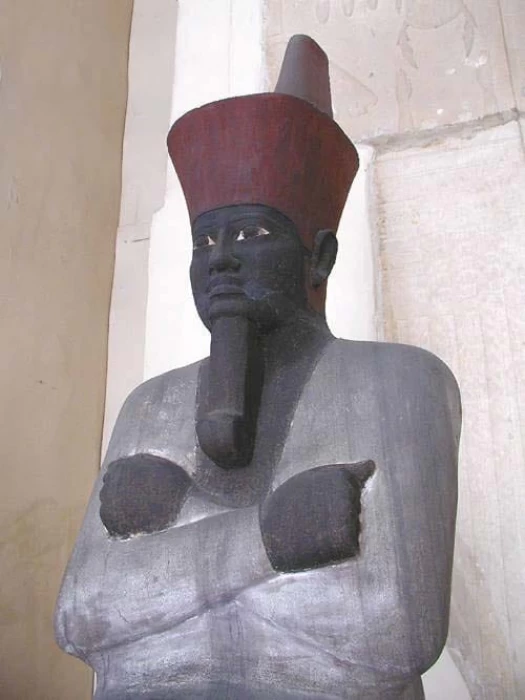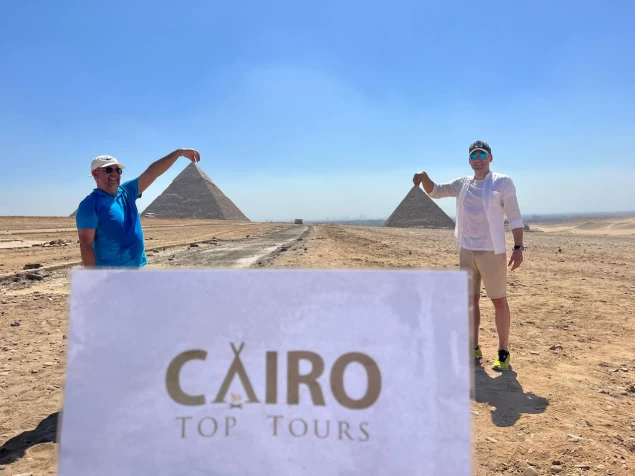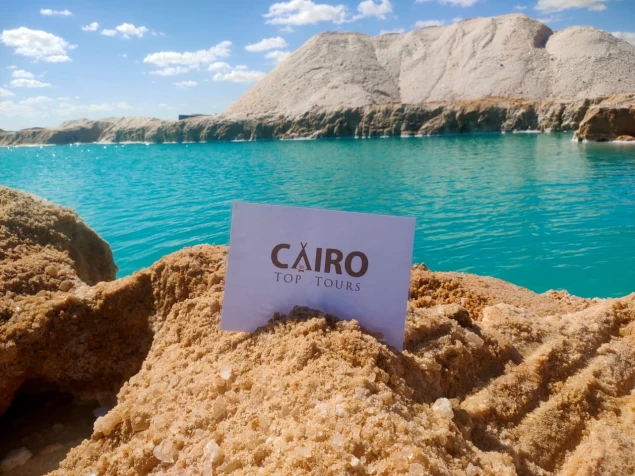
Facts about King Mentuhotep II | Last King of the 11th Dynasty
Mentuhotep II ascended the throne of Egypt in the city of Thebes in Upper Egypt during the period of the First Transition Era. Egypt was not unified at that time, and the tenth dynasty, opposed to the eleventh dynasty of Mentuhotep, ruled Lower Egypt from the city of Herakleopolis. After the kings of Herakleopolis desecrated the sacred royal necropolis located in the Abydos region of Upper Egypt in the fourteenth year of the reign of Mentuhotep II.
He abolished the decentralization of power that contributed to the collapse of the old state and was a hallmark of the first transitional period by stripping the regional rulers of some of their authority and concentrating government in Thebes. Officials also traveled across the country regularly to observe provincial governors. Mentuhotep II was buried in the Theban Necropolis of the Bahri monastery.
For example, it contained balconies and covered walkways around the central building, and it was the first funerary temple in which the king was represented in the form of the idol Uzair. His temple inspired the temples that came after him, such as the temple of Hatshepsut and the temple of Thutmose III of the Eighteenth Dynasty. Ahmose hee, he chased the Hyksos and was the founder of the modern state. And there is a picture of him next to King Mina and Ahmose.
As for Iha, she bore the title of "MUT-nesu," i.e., (royal mother). The pedigree of Mentuhotep II is also indirectly confirmed by an inscription found in the area of Shatt al-Ru'man. She was probably the main wife of Mentuhotep II, as she bore the titles of "Hamet-nesut" (royal wife), "Hamet-nesut-MeretV" (his beloved royal wife), and "Wert-HatzNabawi" (great Scepter of the Masters). She bore Mentuhotep II two children, one of whom was certainly Mentuhotep III, since "Tamm" was also called "MUT-nesu," i.e., royal mother. I
Her grave was discovered by Lord Dufferin in 1859, and Arnold completed the excavation of the grave in 1968. Neferu the second means"beautifull thesecond,", and she was called"Hamet-nesut-Meret." .She was probably the sister of Mentuhotep II since she also bore titles such as "sat-nesut-samsut-n-khat.V," i.e., (the big royal sister belonging to his body), and "hammut-nebut," i.e., (the lady of all women). She was buried in Cemetery No. TT319 in Deir el-Bahri.
His Era
Mentuhotep II is considered the first ruler of the Middle Egyptian kingdom. The Turin canon attributes to him a reign that lasted 51 years. Many Egyptologists have been considering for a long time the content of two inscriptions on the Rock, showing Mentuhotep II above a younger figure with the inscription "Intef King," as conclusive evidence that his ancestor "Intef III" was his father; however, this has not been confirmed definitively, as these inscriptions may have other propaganda motives, and Mentuhotep is surrounded by other problems related to his true origin, and he he he changed his name three times, and his repeated attempts in which he claimed to be descended from different divine dynasties.
Officials
The king reorganized the country and put a minister at the head of the administration. The ministers in his mandate were "Bibi" and "Daji.""" The treasurer was Khety, who co-organized the king's "love-dam" festival. Other important officials include the treasurer, "Meket-Ra," and the supervisor of the SEALs, "Miro."." As for the "intef," he was the commander of his army.
Government reorganization
Their position became a hereditary one during the sixth dynasty, and the collapse of the central authority guaranteed them absolute power over their lands. However, after the unification of the country, Mentuhotep II firmly set about implementing a policy of centralization, consolidating his royal authority by creating the posts of Governor of Upper Egypt.
Mentuhotep II also relied on a mobile force of royal court officials who had more control over the actions of the regional rulers. Certainly, the regional rulers who supported the Tenth Dynasty lost their power in favor of the king, such as the governor of Asyut province. Mentuhotep II also, at the same time, began an extensive program of self-sanctification,, emphasizing the theological nature of the ruler.
The titles of Mentuhotep II generally demonstrate a desire to return to the traditions of the ancient state. Specifically, he assumed all five titles after the reunification of Egypt, which was apparently the first time since the sixth dynasty, although few records are known for most of the first transition era that preceded it.
This reference to Hathor instead of Ra is similar to the title "Baby I." Finally, we find that Mentuhotep in the recent king lists has been referred to by his third different title, "NEB-habet-Ra-Mentuhotep.p." Monuments Although Mentuhotep II ordered the construction of many temples, few of them have survived to this day. What has been found of these well-preserved relics is the funerary structure that was discovered in Abydos in 2014. And most of the other temple ruins are also in Upper Egypt, more precisely in Abydos, Aswan, Tod, Armant, Jebel, El-Kab, Karnak, and Dendera.
Mortuary Temple of Mentuhotep II
The mortuary temple of Mentuhotep II, 1) the horse door crypt, 2) the lower halls with columns, 3) the upper hall, 4) the heart of the building (which may be in the form of a pyramid), and between position No. 3 and position No. 4 is the walkway, 5) a hall of roofed columns, and 6) the Holy of Holies.
Many architectural innovations of the temple represent a break with the traditions of the hierarchical complexes of the ancient state and herald the million-year-old temples of the modern state. As such, the temple of Mentuhotep II was certainly a major source of inspiration for the temples near it, which were surpassed only by the temples of Hatshepsut and Thutmose III that appeared 550 years later. We find, however, that the most fundamental innovations of the temple of Mentuhotep II are religious, not architectural. Firstly, it is the oldest funerary temple in which we find the king not only receiving offerings but also enacting rites for the idols ("Amon-Ra" in this case).
The royal tomb
This room is completely lined with red granite and has a pointed ceiling. It contains an alabaster structure in the form of the "Bur-ur" shrine of Upper Egypt. This structure was previously closed with a double door, but now it is missing. It contains a wooden coffin and jars of ointments that left traces on the floor. Most of the grave goods that were inevitably deposited there have long been lost as a result of the grave being subjected to looting and pillaging.














